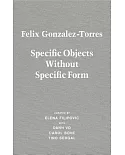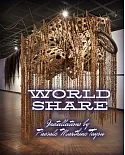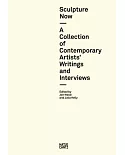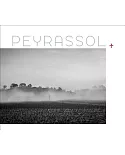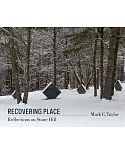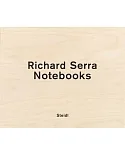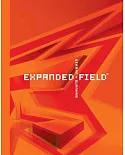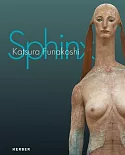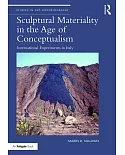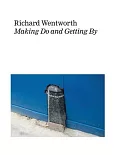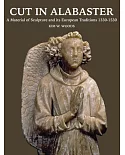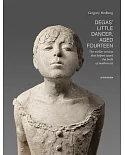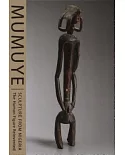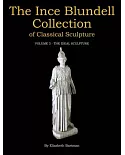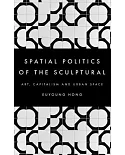The human body has long been central to Western art, and in order to represent the body in all its manifestations many artists have studied anatomy: dissecting the dead to better depict the
living. The Quick and the Dead focuses on a range of artists, among them Leonardo da Vinci, Michelangelo Buonarroti, Albrecht D簿聶翻rer, William Hogarth, George Stubbs, Th簿聶翻odore
G簿聶翻ricault, Kiki Smith, Joel-Peter Witkin, and Cindy Sherman to show the great richness and complexity that can result when art and science intersect. The drawings, prints, photographs, and
objects in this book span five centuries and mark numerous cultural shifts, yet their imagery is as powerful today as when it was created.
Bodily representation has shadowed Western art since the High Renaissance, particularly in the form of atlases of anatomical prints, detailed drawings, and wax cadavers used for teaching
purposes. Studying anatomy was deemed so essential that it was part of the instruction program in the earliest Italian academies. Now contemporary artists interested in cultural constuctions of
the body are reinvigorating the subject, with the fragmentation of human form being a prime concern.
Since 1858, Gray's Anatomy has served to legitimize notions of "serious" science unchallenged by the frivolity of art. But in recent years a kind of rapprochement between medical history
and cultural theory has occurred, and new medical technologies have become a wellspring for artists as well as for doctors. As The Quick and the Dead makes clear, the human
body--symbolic and intimate, material and sacred--is a vital cultural resource and a site where various social constituencies find relevant meaning. The human body has long been central to
Western art, and in order to represent the body in all its manifestations many artists have studied anatomy: dissecting the dead to better depict the living. The Quick and the Dead
focuses on a range of artists, among them Leonardo da Vinci, Michelangelo Buonarroti, Albrecht D簿聶翻rer, William Hogarth, George Stubbs, Th簿聶翻odore G簿聶翻ricault, Kiki Smith, Joel-Peter Witkin,
and Cindy Sherman to show the great richness and complexity that can result when art and science intersect. The drawings, prints, photographs, and objects in this book span five centuries and
mark numerous cultural shifts, yet their imagery is as powerful today as when it was created.
Bodily representation has shadowed Western art since the High Renaissance, particularly in the form of atlases of anatomical prints, detailed drawings, and wax cadavers used for teaching
purposes. Studying anatomy was deemed so essential that it was part of the instruction program in the earliest Italian academies. Now contemporary artists interested in cultural constuctions of
the body are reinvigorating the subject, with the fragmentation of human form being a prime concern.
Since 1858, Gray's Anatomy has served to legitimize notions of "serious" science unchallenged by the frivolity of art. But in recent years a kind of rapprochement between medical history
and cultural theory has occurred, and new medical technologies have become a wellspring for artists as well as for doctors. As The Quick and the Dead makes clear, the human
body--symbolic and intimate, material and sacred--is a vital cultural resource and a site where various social constituencies find relevant meaning.


